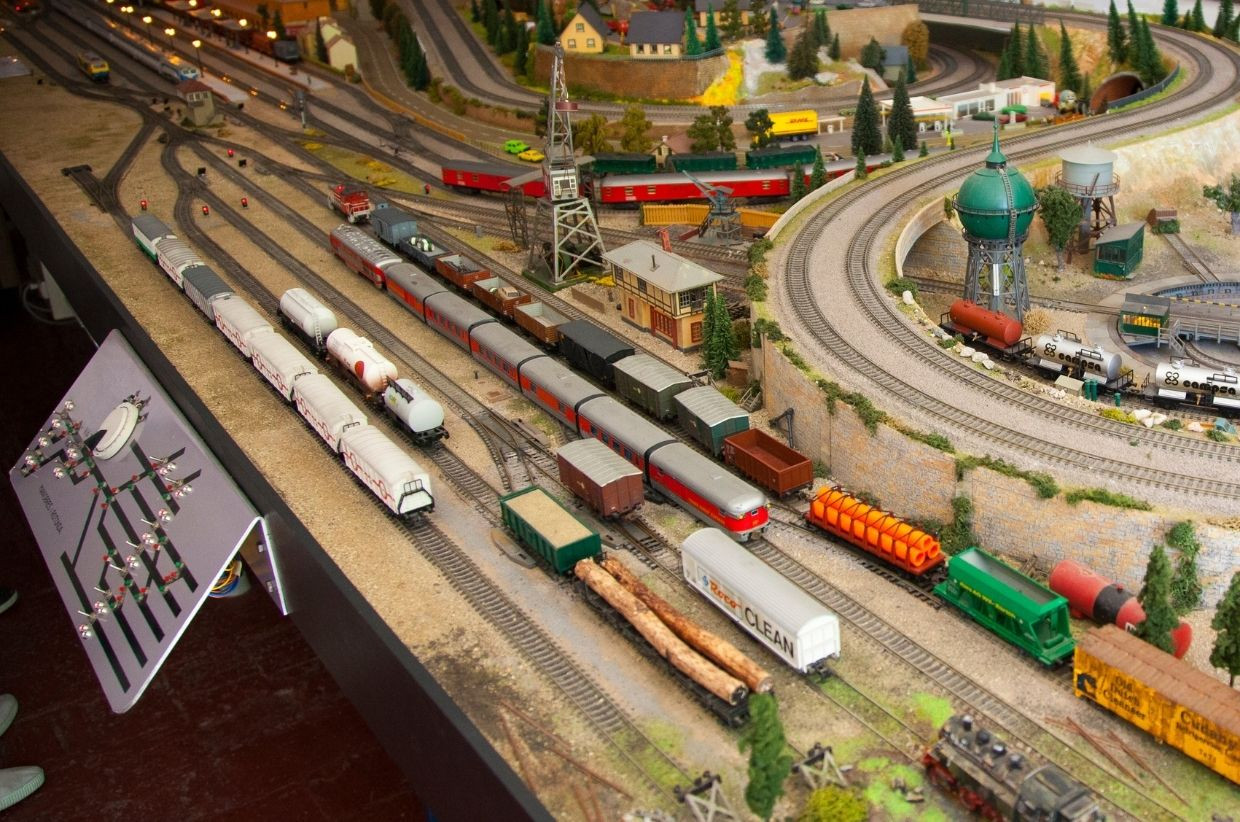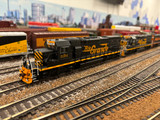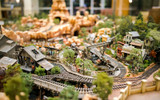Tips for Planning Your Model Train Layout
One of the most difficult steps in creating a model railroad is the planning and drafting phase. While it may seem overwhelming, the planning phase is perhaps the most crucial as it ensures you don’t encounter issues down the road. Read these tips for planning your model train layout to help you start and commit to your plans.
The Basics
Let’s start with the basics. It’s always good to keep in touch with the foundational aspects to ensure your plan covers all your railroad’s needs. The first thing to determine your railroad’s theme. What are you modeling? What operations are you replicating? What’s the scenery of your locale like? The purpose of your plan is to create a diorama or reflection of the real thing, so your plan should be based around conforming to a theme.
Next, consider the area you have to work with. This measurement will define your constraints and even influence what kind of scale and gauge you use. For instance, HO scale trains are the most popular scale, with the smaller N scale being the second most popular. The N scale or smaller may be ideal if you’re operating with a smaller area to model in.
Best Practices
During the planning phase, it can be easy to overestimate what is realistic for you to accomplish. There are a few best practices to keep in mind that will help you ensure your plans are reasonable.
For example, a good tip for planning your model train layout is ensuring everything remains accessible. If you can’t reach it, you can’t maintain it, so every part of your railroad should be within reach or accessible in some way.
Another good tip is to keep things simple. It’s good to be ambitious as you get more comfortable in the process. However, getting too ambitious and putting too much complexity into your plan is a good way to burn out quickly. Find a balance between tracks, scenery, and an overall level of detail when determining your design.
Drafting the Plan
Finally, it’s time to draft the plan itself. You can always draw your designs by hand with pen and paper, but that can be time-consuming if your handiwork is sloppy or you need to make frequent changes. Thanks to modern-day computers, there are plenty of software applications that allow you to model your railroad in a three-dimensional virtual space. This method is often preferable for newcomers to the hobby because it makes the planning phase more convenient, allowing you to easily make changes and redesign parts of your railroad.
Recent Posts
-
Capturing History in Miniature: The Art of Prototype Modeling in the Model Railroad World
Prototype modeling in the model railroad world involves creating miniature replicas of real-life tra
-
Unveiling the Imaginative World of Fictional Railroads: Where Creativity Meets the Rails
Model railroading has long been a hobby rooted in historical accuracy and meticulous attention to de
-
Creating Your Model Railroad: Step-by-Step Guide to Laying Track
Model railroading is a fascinating hobby that allows enthusiasts to recreate miniature worlds of rai




